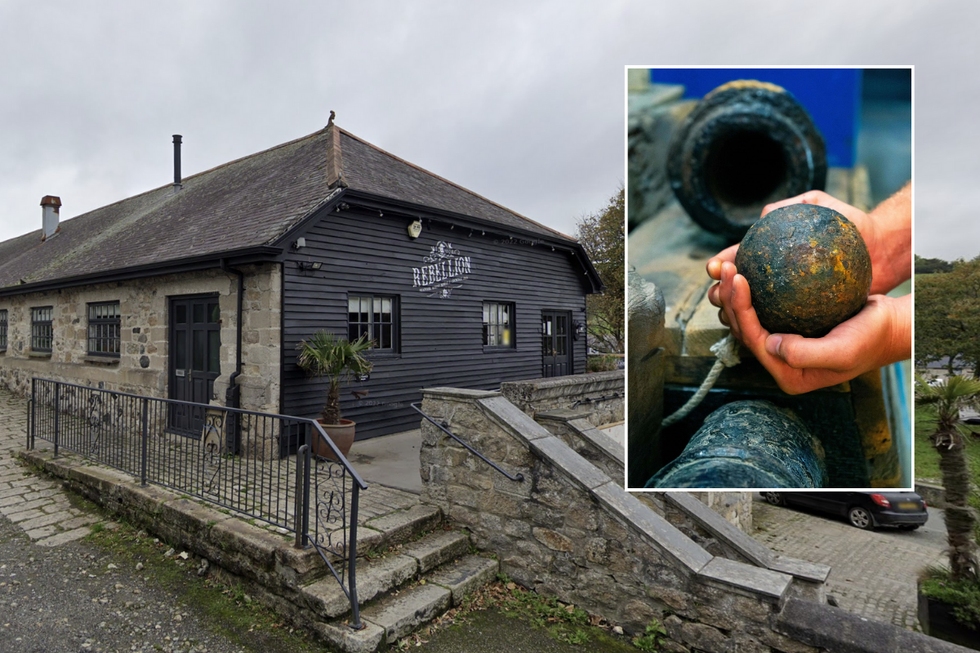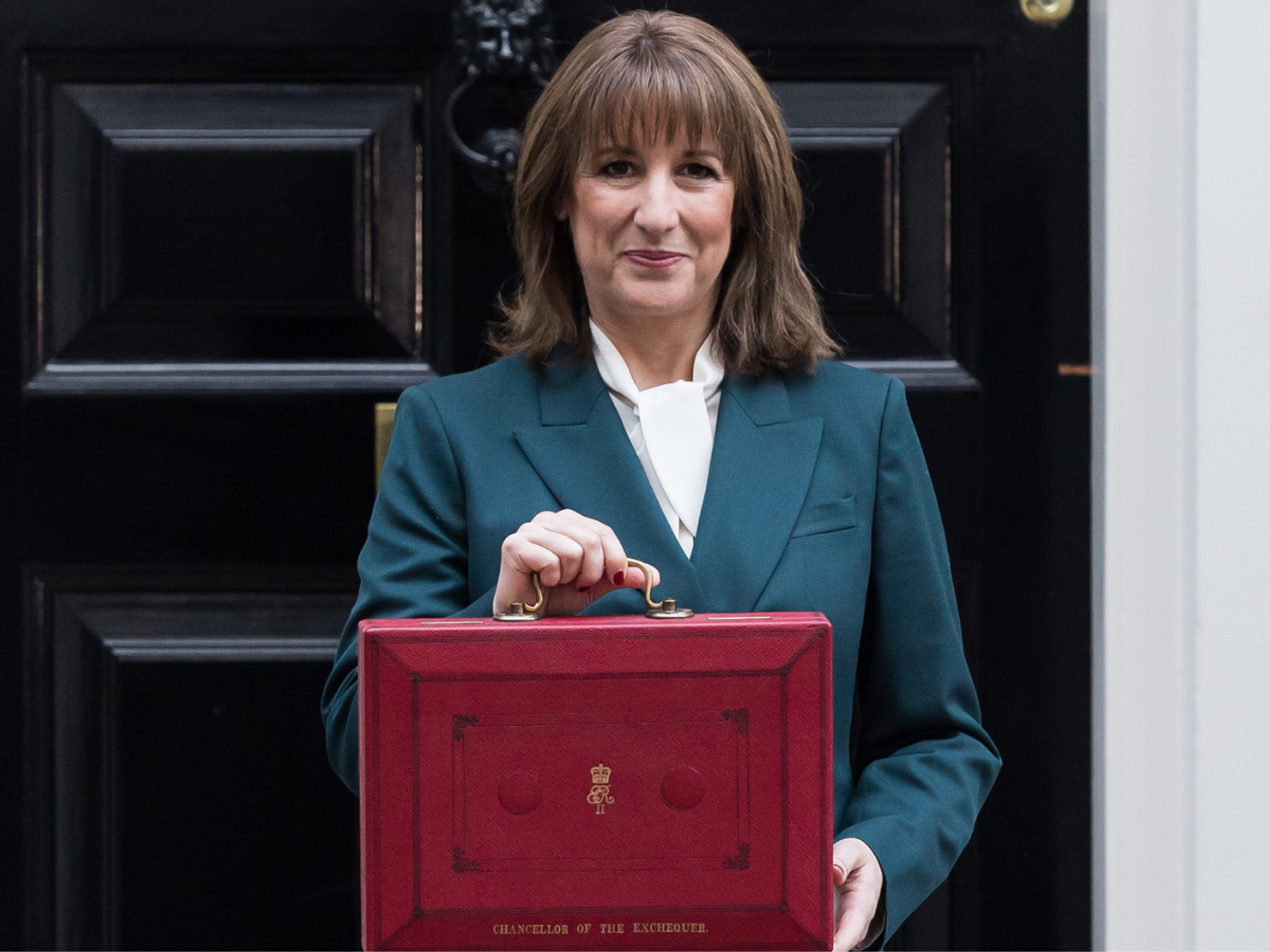Archaeologists take action to save historic shipwreck artefacts which risked being hidden for good

Hundreds of objects were due to go under the hammer later this week as the historic collection was broken up
Don't Miss
Most Read
Latest
Hundreds of historic Royal Navy artefacts have been saved from being dispersed into private collections after a last-minute intervention.
The items were part of the Charlestown Shipwreck Museum's collection in Cornwall, which was put up for sale with its entire inventory over the summer.
The collection, described by Historic England as the largest and most important collection of artefacts from shipwrecks in the UK, risked being broken up at auction this week.
The Maritime Archaeology Sea Trust (Mast) has now secured approximately 500 of the most historically significant items, ensuring they remain accessible for public viewing rather than disappearing into private hands. The remaining 700 lots are still scheduled to go under the hammer.

A cannonball and cannon were two of the protected items
|Google Maps/MAST
The museum's collection includes artefacts from numerous protected wreck sites, which enjoy the same legal protection as the Mary Rose. Among these are items from HMS Eagle and Romney, both lost off the Isles of Scilly in 1707.
The collection also features artefacts from HMS Ramillies, which was lost off Bolt Tail headland in Devon in 1760. HMS Colossus, another vessel claimed by the treacherous waters around the Scillies in 1798, is also represented in the collection.
Items from HMS Anson, which foundered on Loe Bar near Porthleven in 1807, form part of this historic inventory.
These protected wreck items represent crucial pieces from the golden age of the Royal Navy. Mast will now begin the process of sorting and assessing its newly acquired treasures over the coming months.
LATEST DEVELOPMENTS:

Sir Chris Smit welcomed the move
|PA
The trust plans to conduct detailed studies before determining the next steps for the collection. The ultimate aim is to share these historic items with naval and maritime museums across the country.
This includes potential loans to institutions such as the National Museum of the Royal Navy in Portsmouth and Chatham's Historic Dockyard.
These partnerships will help tell the story of sacrifices made to maintain maritime trade during the age of sail. The initiative will also showcase the work of archaeologists like Mast in preserving Britain's maritime history and heritage.
The trust's intervention means these protected items will remain permanently out of private ownership.
Mast's CEO Jessica Berry expressed both relief and joy at securing the collection.
"I'm delighted and relieved in equal measure that the Maritime Archaeology Sea Trust has been able to save this priceless collection that can tell countless stories of the history and archaeology of the Royal Navy and the development of global trade through the centuries," she said.
Sir Tim Smit, the museum's owner, welcomed the outcome. He said: "It is especially pleasing as Mast is made up of members who themselves have dedicated so much of their lives to exploring our underwater heritage."










